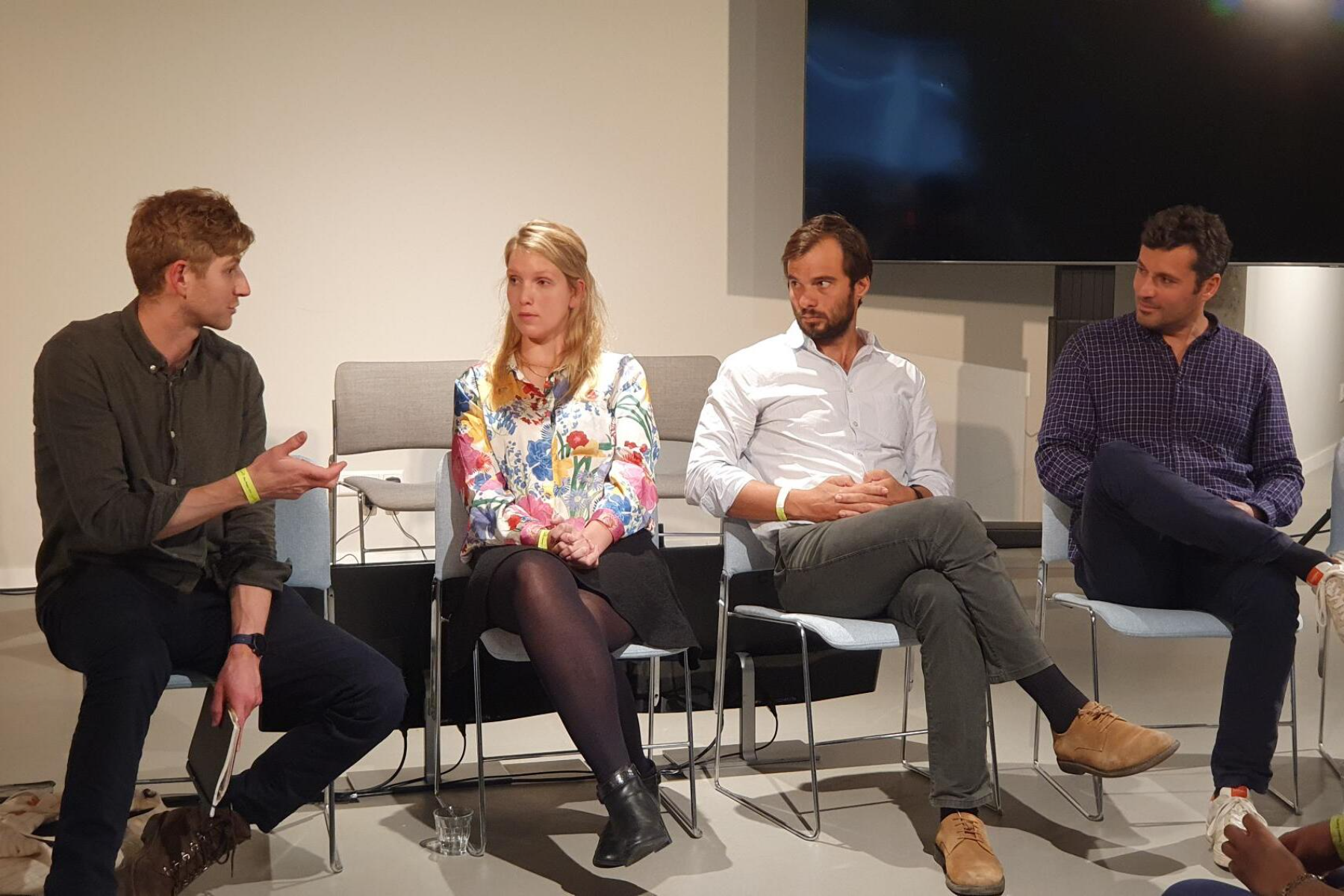10% Target Program for Institutional Investors
At Capital Ideas in The Hague, Simona Benvenuti from the Netherlands Advisory Board on Impact Investing (NAB) moderated a session on the 10% target program designed to support institutional investors in increasing their impact allocations.

The speakers in this session were Patrick Somerhausen (Funds for Good), Luz Martinez (ILX) and Yves Bourdeau (Hydralis pension fund). They highlighted some success stories, dilemmas and solutions encountered in their impact investing journeys.
Simona presented the preliminary findings of the 10% Target Program, an initiative aimed at supporting pension funds, insurance companies, asset managers and banks in doubling their target allocations to at least 10% of their assets under management (AuM) by 2025, with 4% earmarked for emerging markets. Achieving the Sustainable Development Goals (SDGs) requires annual funding exceeding $4 trillion, which is unattainable without mobilizing private capital. Although institutional investors are increasingly adopting impact policies, their conservative approaches and existing barriers hinder the scaling of impact investments. Particularly, the average impact allocations to emerging markets remain minimal.
The speakers shared their journeys toward impact investing and their perspectives on overcoming current barriers. They addressed several key topics, focusing on the implementation of impact policies and how enhanced cooperation among investors and between the private and public sectors can lower barriers and promote sector growth. These topics included:
- The lack of harmonization of definitions, affecting transparency, reporting and comparability
- Initiatives to share information and data on market activities, trends, performance practices, and norms and standards for impact measurements
- Strategies to address the lack of suitable investment opportunities for institutional investors in terms of ticket size, track record and SDG focus
- The perceived challenge of meeting market risk-return expectations
The conversation then shifted to the detailed disclosure requirements of the Sustainable Finance Disclosure Regulation (SFDR) and how these requirements pose challenges for reporting on European investments. The challenges are even greater for global investors in emerging markets, where regulatory frameworks often do not align with European standards.
During the Q&A session, several topics were discussed, including:
The need for a labelling system that goes beyond SFDR definitions. The SFDR is not intended to be a categorization system. Uniform standards, clear criteria, and accessible data are crucial. The labelling system should cover the spectrum from "do no harm" investments to positive impact investments.
The significant role of the Corporate Sustainability Reporting Directive (CSRD) as a crucial element for non-financial disclosures. This legislation will help retail investors make more informed decisions.
The use of blended finance as a de-risking instrument to make products or markets more accessible to institutional investors.
The conclusion emphasized that knowledge sharing and collaboration among different ecosystem stakeholders are essential for lowering barriers.
*
Learn more about the 10% Target Program on the NAB’s website.












